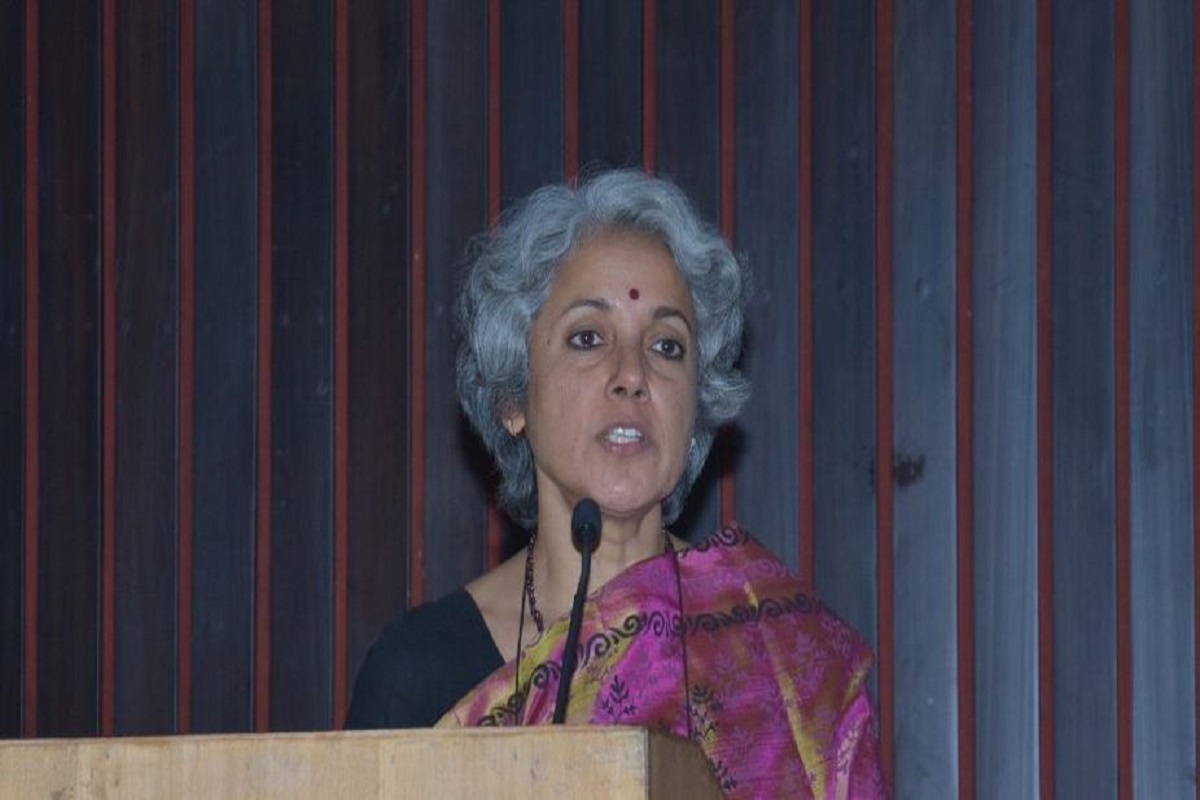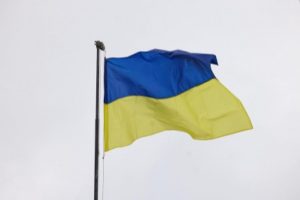Underlining the importance of adequate testing for COVID-19, World Health Organisation’s (WHO) Chief Scientist Soumya Swaminathan on Tuesday said that India’s testing rate is low, compared to other countries which have done well in combating the pandemic.
“India, as a whole, has a low testing rate compared to some of the countries which have done well like Germany, Taiwan, South Korea, Japan and even the US,” she said while speaking on ‘The vaccine race, balancing since and urgency’ organised by the Telangana government.
Advertisement
She said while participating via video-conferencing, that every public health department needs to have benchmarks like what is the test rate per million and what is the test positivity rate. “The moment your test positivity rate is above 5 per cent, you know that you are not testing adequately,” she said.
While telling about WHO’s emphasis on testing as it is extremely important, she said, “Unless we do testing adequately, we don’t know where the virus is. If you are not testing, you are fighting a fire blindfolded. We have to test, test and test.”
Swaminathan said for at least the next 12 months, countries need to put in place public health and social measures that have been shown to work. She pointed out that some countries controlled the virus successfully in the first phase because of good governance, good strategic planning based on scientific knowledge, and evidence and because of involvement of community and individual trust, and good communication between the government and people.
She, however, added that testing alone was not going to solve the problem and it has to be followed by isolation of positive people, contact tracing, quarantining, taking care of positive people, and following them up to make sure they don’t get into interstitial pneumonia or complications by monitoring their oxygen saturation.
“It is a comprehensive package which needs to be put in place, particularly in places where there is high density of population like cities.”
Swaminathan stressed the need for Influenza Like Illness (ILI) and Severe Acute Respiratory Infection (SARI) surveillance in rural areas but said for cities, the only way out was to expand testing.
She said the novel coronavirus has established itself in the world and gone practically into every country and wherever it has found a situation where it was able to spread easily from person to person, it established community transmission.
Swaminathan said while most people, who have natural infection, develop antibodies, it was not known how long the protective immunity lasts. “This has implications for vaccines. If long-lasting immunity cannot be achieved after a natural infection with the vaccine, we will have to see because all first generation vaccines are targeting spike protein. The only risk is if the virus develops mutation which causes it to escape the immunity… then we are in a difficulty,” she said, stressing the need for a back-up plan in the form of second generation vaccines.
“At least five vaccines are entering stage-III trials. We will know in the next few months about the safety and efficacy of vaccines. Safety is important to get public trust when you are going to vaccinate a huge number of healthy individuals. The safety bar of vaccine has to be set quite high,” she said.
Swaminathan also noted that 27-28 vaccines were in clinical trials while another 150 were in pre-clinical testing.
Stressing the need for fair and equitable access of vaccines to populations around the world, she said that the WHO did not want a repeat of what happened during the H1N1 pandemic in 2009-10 when few rich countries bought most of the stocks of vaccines and only started donating it to lower-income countries when they realise that the infection was not as severe as supposed to be and they had excess stock. “If this happens again, then all of us would have failed.”
She pointed out that the WHO, the Coalition for Epidemic Preparedness Innovations (CEPI) and Gavi, the Vaccine Alliance plan to purchase two billion doses by the end of 2021 for the highest risk populations of the world.
“We have to get agreements between countries in the next few weeks that they will follow a fair allocation mechanism developed by the WHO. Side by side, Gavi is setting up a facility which is a risk pooling mechanism where self-financing countries can put in some funds so that they can procure vaccines for their populations. This facility will buy vaccines which are going to be proven to be safe and efficacious,”WHO’s Chief Scientist said.
India is one of the 92 Gavi eligible countries which will get the vaccines from this facility.











